Experiencing issues with missing or malfunctioning Intel network drivers on your Windows 11 PC can be frustrating. Without the proper drivers, your computer might not connect to the Internet or recognize Bluetooth devices. This guide will walk you through the most effective methods to install Intel network drivers on your Windows 11 system.
Download the Driver from the Intel Website
One of the most reliable ways to ensure you have the latest Intel network drivers is to download them directly from the official Intel website. This method guarantees that you get the most recent and compatible drivers for your hardware.
Step 1: Open your preferred web browser and navigate to www.intel.com/download-center.

Step 2: On the Intel Download Center homepage, click on the 'Wireless' category to access wireless driver downloads.

Step 3: To download the Wi-Fi drivers, find and select the 'Wi-Fi Drivers for Intel Wireless Adapters' option.

Step 4: Choose the appropriate version for your system by clicking on either the 32-bit or 64-bit download link, depending on your Windows 11 architecture. An overlay window will appear.

Step 5: In the overlay window, click on 'I accept the terms in the license agreement' to begin the download.

Step 6: Once the download is complete, navigate to your default downloads folder and double-click the .EXE file to launch the installer.

Step 7: In the installer window, click 'Next' to proceed with the installation.

Step 8: Read and accept the license agreement by checking the 'I agree to the license terms and conditions' box, then click 'Install'.

Step 9: After the installation completes, restart your computer from the Start Menu to apply the changes. Your Wi-Fi drivers should now be installed and functioning properly.
To install the Bluetooth drivers, follow similar steps:
Step 1: On the Intel Download Center homepage, click on the 'Wireless' category.

Step 2: Locate and select 'Wireless Bluetooth for Windows 10 and Windows 11'.

Step 3: Click on the 'Windows 11' download link. An overlay window will appear.

Step 4: In the overlay window, click 'I accept the terms in the license agreement' to start the download.

Step 5: After downloading, go to your downloads folder and double-click the .EXE file to run the installer.

Step 6: Follow the on-screen instructions in the installer to complete the installation of the Bluetooth driver.
Step 7: Once the installation is finished, restart your computer to apply the new driver. Your Bluetooth functionality should now be restored.
Check for Optional Updates
If you've recently purchased a new PC or performed a system reset, Windows might have identified the missing network drivers and placed them in the 'Optional Updates' section. Sometimes, these updates aren't installed automatically, and you'll need to install them manually.
Step 1: Click on the Start Menu and select the 'Settings' app.
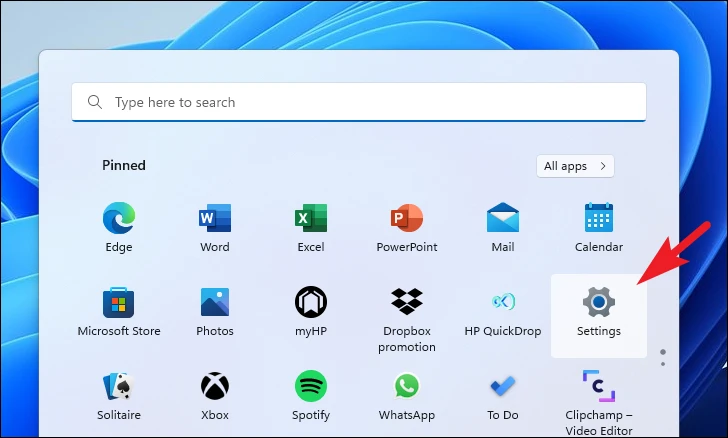
Step 2: In the Settings window, click on 'Windows Update' in the left sidebar.
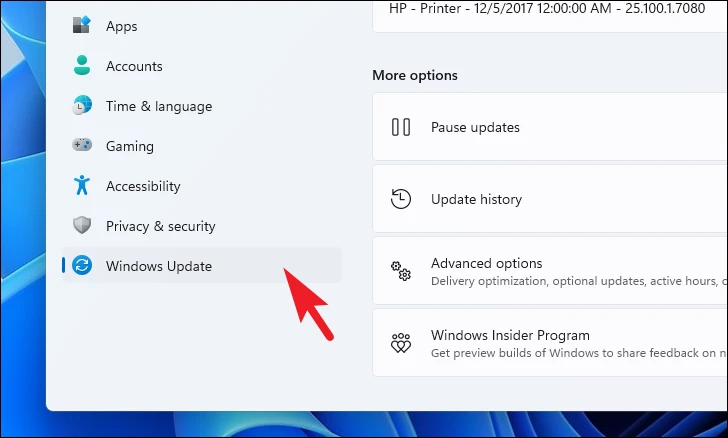
Step 3: On the right side, click on 'Advanced options'.

Step 4: Scroll down and select 'Optional updates'.
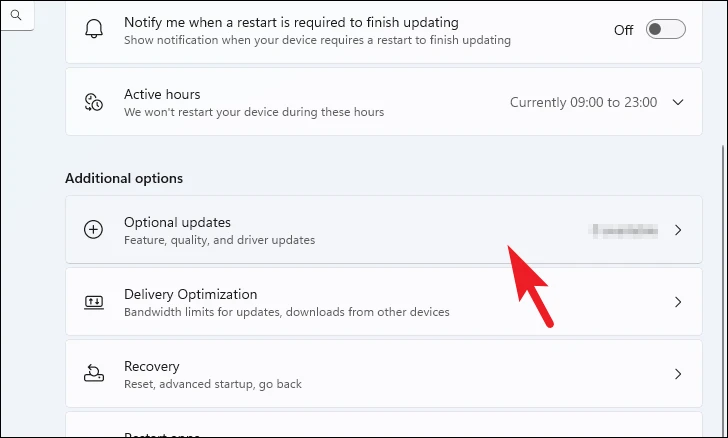
Step 5: In the list of available updates, find the 'Bluetooth' or 'Wi-Fi' driver update. Check the box next to the driver and click 'Download & Install'.
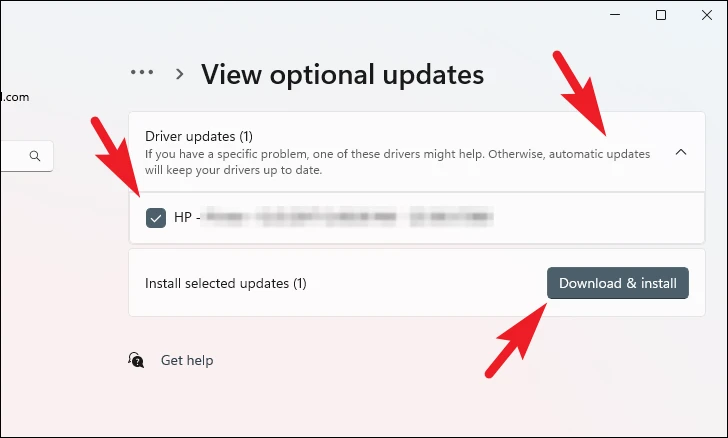
Step 6: Once the installation is complete, restart your computer to apply the updates.
Force Reinstall Network Drivers
If you're experiencing issues with your current network drivers, reinstalling them can often resolve the problems. By uninstalling the drivers and allowing Windows to reinstall them, you can fix corrupted or malfunctioning drivers.
Step 1: Press the Start Menu and type Device Manager. Click on the 'Device Manager' app from the search results.
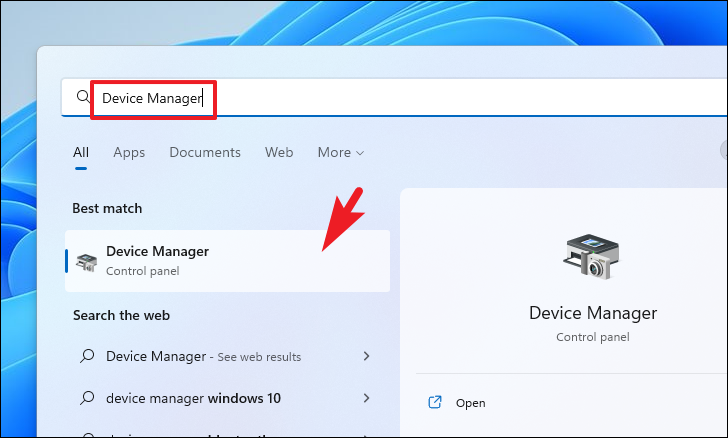
Step 2: To uninstall Bluetooth drivers, expand the 'Bluetooth' category by double-clicking it. Right-click on 'Intel Bluetooth Wireless' and select 'Uninstall'. A confirmation window will appear.

Step 3: Check the box for 'Attempt to remove the driver for this device' and click 'Uninstall'.
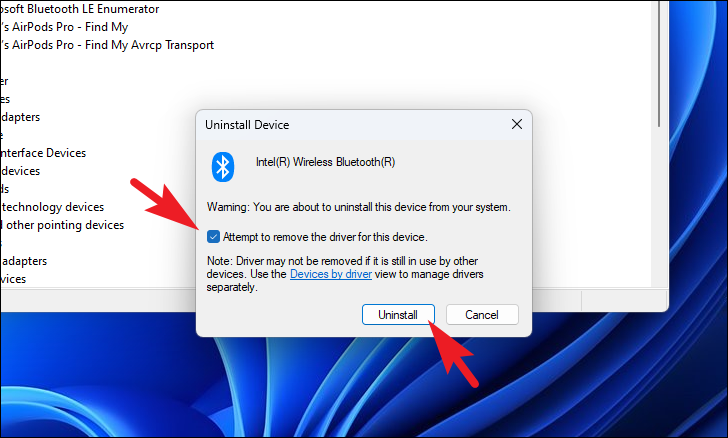
Step 4: To uninstall the Wi-Fi drivers, expand the 'Network Adapters' section. Right-click on 'Intel Wi-Fi' and choose 'Uninstall'.

Step 5: In the confirmation window, check 'Attempt to remove the driver for this device' and click 'Uninstall'.

Step 6: After uninstalling both drivers, restart your computer.
Step 7: Once your PC restarts, open the Settings app from the Start Menu.

Step 8: Click on 'Windows Update' in the left sidebar.
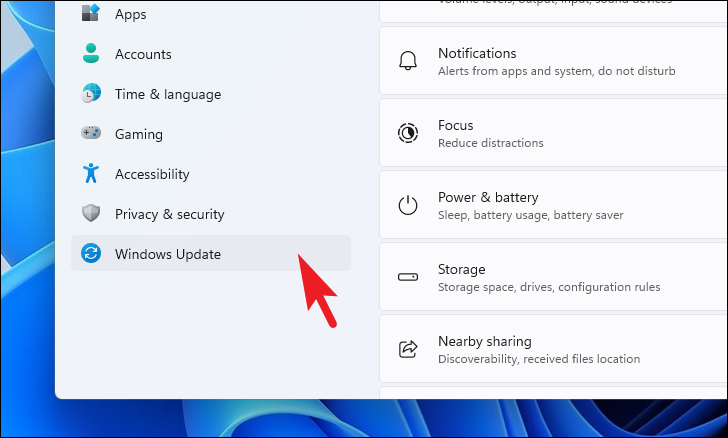
Step 9: Select 'Advanced options' on the right side.
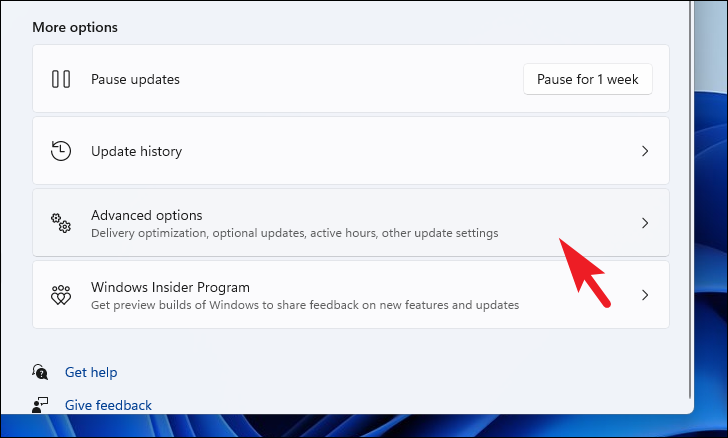
Step 10: Click on 'Optional updates'.

Step 11: Find the Bluetooth and Wi-Fi drivers in the list, check the boxes next to them, and click 'Download & Install'.

Step 12: After the drivers are reinstalled, restart your computer to ensure they are properly applied.
By following these methods, you should be able to install or restore your Intel network drivers on Windows 11, resolving any connectivity issues with Bluetooth or Wi-Fi. With your network drivers functioning correctly, you can enjoy seamless Internet access and connect your wireless devices without any problems.


